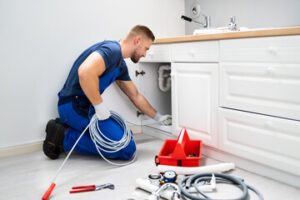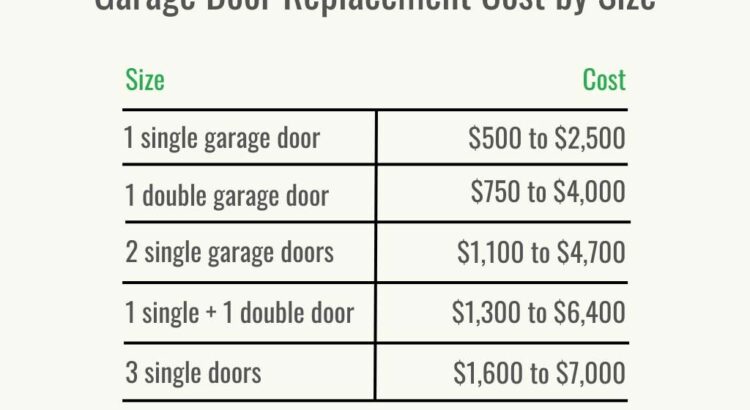Fort Worth TX Electricians are responsible for installing, repairing, and maintaining electrical systems. They often work in commercial and industrial buildings, as well as on data lines and other infrastructure.
If you like hands-on work and enjoy a constantly changing career, working as an electrician could be the right choice for you. Training options include completing a formal apprenticeship program or attending a trade school.

Electrical wiring is the process of running wires throughout a home or building to supply power to outlets, switches and other devices. Electricians use a variety of tools and techniques to perform this work. They also follow a set of standards and guidelines to ensure that the wiring is safe and secure. This is especially important for high-voltage wiring, which is typically sealed in insulators to prevent shock or fires.
In new homes or buildings, electricians will begin by creating a wiring plan that maps out the locations of outlets, switches and light fixtures. This will help them determine which wire sizes and circuit breaker sizes are needed. It will also allow them to make sure that the wiring is properly routed and won’t cause any issues with overheating or overloading.
Once the wiring plan is finalized, the electrician will begin installing it. This will include running wires through walls, ceilings and floors and connecting them to the main electrical panel. Once the installation is complete, the electrician will test it to ensure that it’s working properly.
The most common type of electrical wire is copper, which has a high conductivity and is durable. However, aluminium is becoming increasingly popular due to its lower cost and lighter weight. Most electrical wires are color-coded to indicate their purpose. For example, black wires are known as hot wires and carry live electricity from the electrical service panel to outlets and switches.
Electrical outlets are the devices that power your appliances, lights, and other electronic gadgets. They are connected to the electrical wiring through which electricity is carried throughout a building. They are designed with two or more receptacles, or slots for the prongs of electrical plugs, and have terminals where these prongs make an electrical connection to the conductive parts of the plug.
Most homeowners use standard outlets, which fit a three-prong plug and supply 120 volts of electricity. However, older homes may have outlets that don’t provide this level of safety. These outlets should be replaced with grounded outlets to reduce the risk of fires caused by faulty wiring or electrical equipment.
Electricians can also install ground fault circuit interrupter (GFCI) outlets in kitchens, bathrooms, and outdoor spaces. These outlets have built-in sensors that monitor currents and shut off the outlet if they detect a dangerous surge. They can help prevent injuries and property damage caused by electrocution or drowning.
Electricians can also replace old, worn-out outlets with new ones that have child-resistant features. These outlets have a locking system that prevents children from inserting foreign objects into the receptacle, and they have additional protections against overheating and shocks. In addition, they are made of durable materials to withstand frequent usage. Some even have LED lights to indicate when the outlet is active or not. They can be installed in wall boxes or in floor or ceiling receptacles.
Electrical switches are electromechanical devices that interrupt or connect the conducting path in an electric circuit. They can also divert current from one conductor to another. Most electrical switches leverage contacts. Contacts are made of conductive material, such as copper or aluminum. When the contacts are together, current passes through them and closes the circuit. When the contacts are separated, current cannot flow and the circuit is broken.
An electrical switch’s contacts are typically corrosion resistant to prevent insulating oxides from developing that inhibit the flow of electricity through the circuit. They are also typically insulated from the user’s hands. Electrical switches may be manufactured from plastic or non-conductive metals. They are usually affixed to a non-conductive switch body and supported by a metal strap. Switches are often mounted to an electrical box in a wall or other structure to house the electrical connections and actuator mechanism.
Switches are used in many different ways to control power for appliances, lights, and other electrical equipment. They come in a variety of sizes and shapes to fit different applications. In essence, however, all electrical switches perform the same function. The main differences are the physical configuration of the switch and its actuator. Some common types of electrical switches include:
Electrical generators convert motion-based power (potential and kinetic energy) or fuel-based power into electric current by forcing electrons through an external circuit. These devices are a key part of today’s power grid. They are housed in power plants, commonly referred to as gensets, and provide nearly all of the electrical energy used in the United States.
In the field, electrical generators are most often found as backup power sources during power outages. Standby generators connect directly to a building’s electrical system and start up automatically when the power goes out. They can also be used as primary power in construction sites and remote locations that are off the main electricity grid.
Generators are also critical in buildings that require a constant source of electricity like airports, hospitals/doctors offices and hotels. They ensure that the building stays operational during power outages and protect electronic devices from power surges, spikes or blowouts.
The most common generators for homes and businesses use gasoline, diesel, or propane to create mechanical power that can then be forced through an electrical circuit. They are based on the same principles as electrical motors and can be of the induction, synchronous or alternator type. In the case of a synchronous generator, the prime mover turning the generator shaft must turn at a precise speed to match the utility frequency. Generators can also be equipped with carbon monoxide detectors to detect high levels of CO and shut down before it becomes deadly.
Insulators are materials that do not easily allow heat and electricity to pass through them. These materials include plastic, rubber, glass, and porcelain. When used to cover wires, they prevent electricity from flowing where it is not needed and can prevent the risk of injury or fire. Without insulators, many electrical items would not work safely. Insulators are a key element in engineering projects and have countless applications in everyday life, such as keeping circuit boards safe from damage.
Electricity tends to follow the path of least resistance, which is why it is important to keep electrical wires isolated from other metal objects and conductors. Insulators, such as the plastic covering that surrounds most electrical cables, prevent this from happening. They are also often placed over conductors to protect them from rust and corrosion.
There are several different types of insulators, including post insulators and suspension insulators. Most power lines use a modular suspension insulator design that uses a string of identical disc-shaped insulators. The number of insulator units used in the string determines the line voltage and can be adjusted to meet requirements by adding or removing insulator units from the chain.
In addition to the types of insulators mentioned, there are other, less common materials that act as insulation, such as wood and clay. These materials are often used as replacements for old and worn-out rubber insulators.
Electrical load calculation is the process of determining how much power a device or system requires. It’s important for ensuring that an electrical system is not overloaded and can handle power demand. Electricians use a variety of mathematical calculations to make this determination, including Ohm’s Law and voltage drop. Understanding these calculations helps electricians accurately plan and size wiring, circuits, and electrical systems.
Voltage drop is the reduction in the voltage of a wire or cable due to resistance. It is a critical part of electrical calculations and can be calculated using the formula P = V x I. The voltage drop is proportional to the current passing through a circuit and can be used to determine the proper conductor size for an installation.
Another important calculation is the power factor, which is the ratio of the actual power demand to the apparent power demand. Electricians often use power factor calculations to improve the efficiency of a building’s electrical system and reduce energy costs.
To calculate an existing electrical load, electricians start by identifying all of the devices and equipment in a building or facility. They then add up the power ratings, or wattage, of each item. They may also apply a diversity factor to account for the fact that not all devices will operate simultaneously. This information is typically available on each device’s specification label. Once they have a total estimate of the electrical load, they can compare it to the capacity of the service panel to ensure that it is adequate.


